Moringa Seeds Drumsticks seeds pack of 10 seeds
₹60.00
In stock
Moringa Seeds STARTING SEEDS
Moringa Seeds Packaging and Storage. Our moringa seeds are shipped with silica gel packets sealed in plastic bags inside the outer labeled seed envelopes. If you are unable to plant the seeds on receipt, keep them in the plastic bags with the silica gel and store them in a cool, dark place. For long term storage put the sealed bags with the gel packets in a refrigerator.
Moringa Seeds Rehydration. Some drying methods can result in very low seed moisture content. If these overly dry seeds are rehydrated too fast they may be damaged, especially under cooler temperatures. This damage may be prevented by taking the seeds out of their storage container and allowing them to equilibrate with ambient air for several days before planting.
We use silica gel as the desiccant for our seeds. Silica gel does not reduce the moisture content of seeds to a level that they are likely to be damaged by rapid rehydration. We routinely plant silica gel dried seeds without equilibration and have not found indications of reduced germination rates. There is no harm in equilibrating the seeds if you wish.
Moringa Seeds TRANSPLANTING SEEDLINGS OUTDOORS
- When the seedlings have reached a height of about six inches they should be planted outdoors or transferred to larger containers. If they were grown indoors it is advisable to transition them outdoors slowly before planting.
- The seedlings grow fast and if kept too long in pots they may become root bound and not grow well after transplanting.
- The outdoor planting area should be in full sun and with good drainage. Avoid heavy clay soils.
Moringa Seeds PESTS AND DISEASES
Moringa seedlings rarely have pests and disease problems. Rats, mice and feral chickens love to eat moringa seeds and they will go to great effort to find them. Some of our tests were showing abnormally low germination rates. Investigation revealed that the seeds planted in the pots didn’t rot – they were missing. Rats had entered the greenhouse, climbed up the benches, removed the seeds from the pots and taken them back to their nests!
Newly emerging moringa seedlings are a favored food of some birds. We have observed the red crested cardinal (Paroaria coronata), an introduced species common in our area of Hawai`i consuming newly emerged moringa seedlings. Bird netting or other control measures may be needed.
Moringa Seeds TREE CARE
Moringa may be grown with spacing as you would provide for a small tree. For leaf production in intensive cultivation they can be planted close together and managed like a hedge.
- Moringa is highly drought tolerant when established and requires little fertilization to survive. However, trees given adequate water and fertilization during the growing season will grow much faster and may produce better quality leaves and pods.
- Under suitable conditions moringa grows very fast. If left untrimmed it may grow with a single trunk to a height of more than 40 feet. Don’t let it become a telephone pole! Especially for leaf production, moringa must be kept trimmed to encourage production of branches for easy harvesting within reach.
- When the tree gets about three feet tall begin removal of the young terminal buds (great for salad greens) and more leaves can be harvested as the plant grows. After the first year of growth it may be cut down to a height of 1-2 feet above the ground to promote branching. Don’t be concerned about harming the plant; it probably has developed large tuberous roots and will grow back rapidly.
- In suitable growing areas the trees may begin to bloom when they are several months old. The flowers are edible and provide nectar for bees. Pollinated flowers will begin to produce pods that can be harvested while they are immature for consumption as a cooked vegetable. As they mature, they become tough and fibrous, unsuitable for consumption.
| Color | Green |
|---|---|
| Germination Level | Medium |
| Growth Pattern | Up right Straight |
| Hybrid or Open Pollinated | Open Pollinated |
| Ideal location | Full sun |
| Origin Country | India |
Be the first to review “Moringa Seeds Drumsticks seeds pack of 10 seeds” Cancel reply
You must be logged in to post a review.



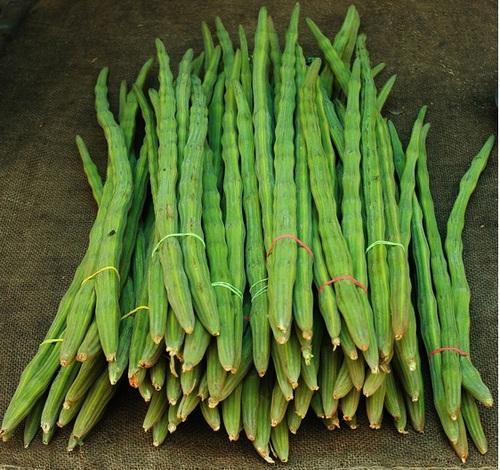


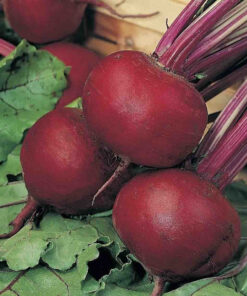
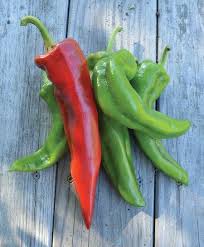
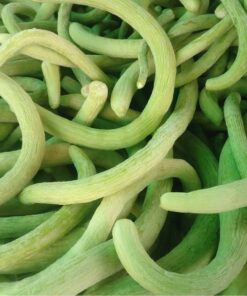
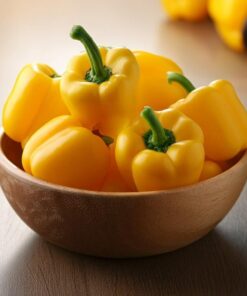
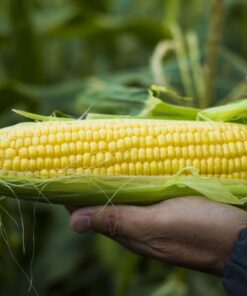

Reviews
There are no reviews yet.